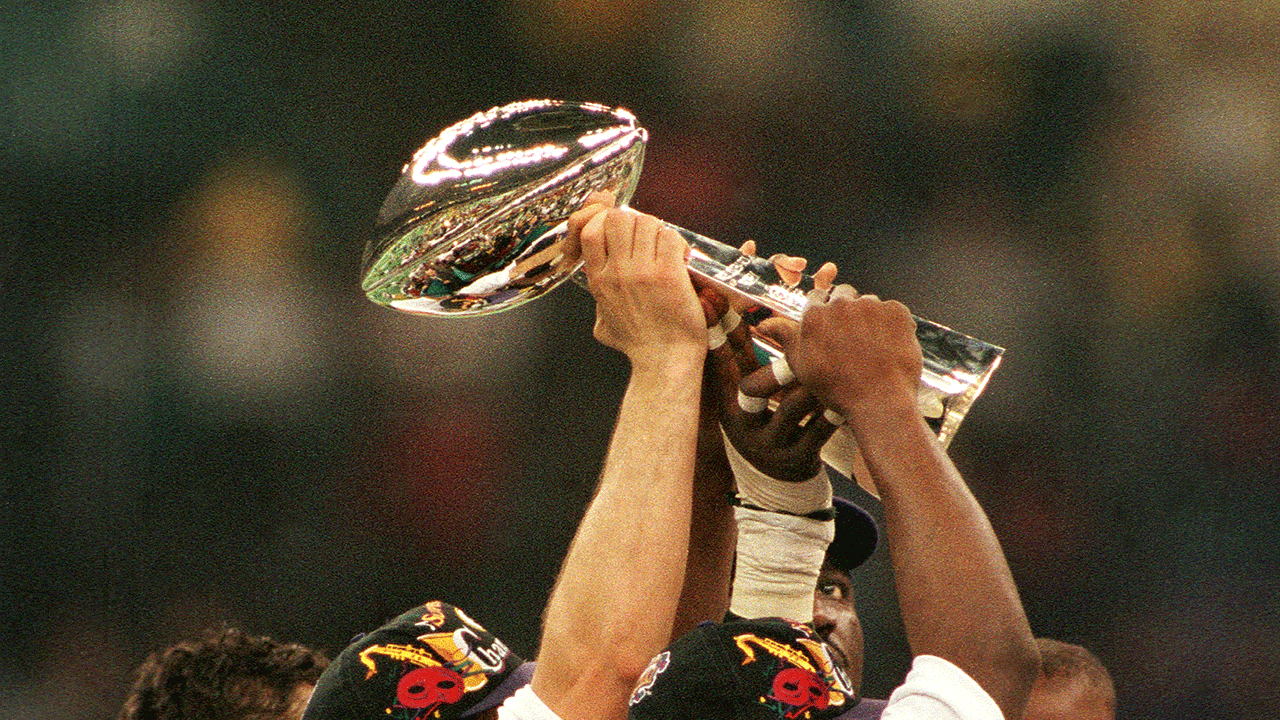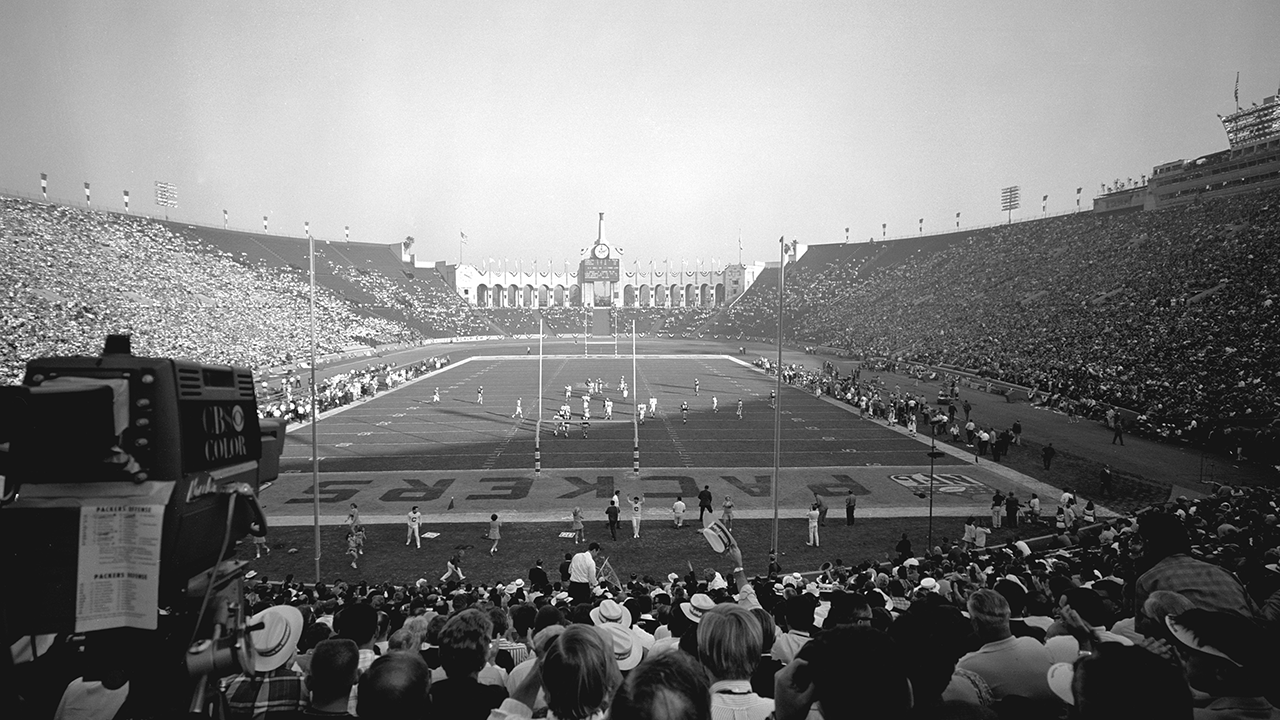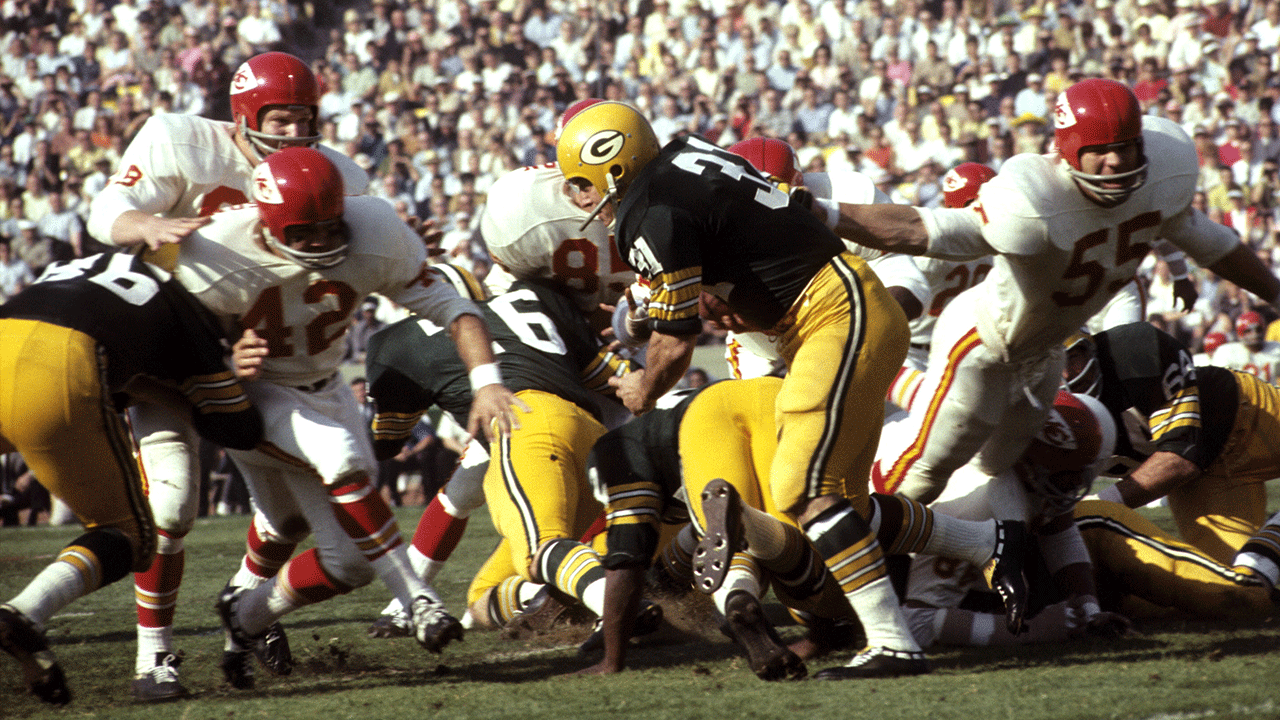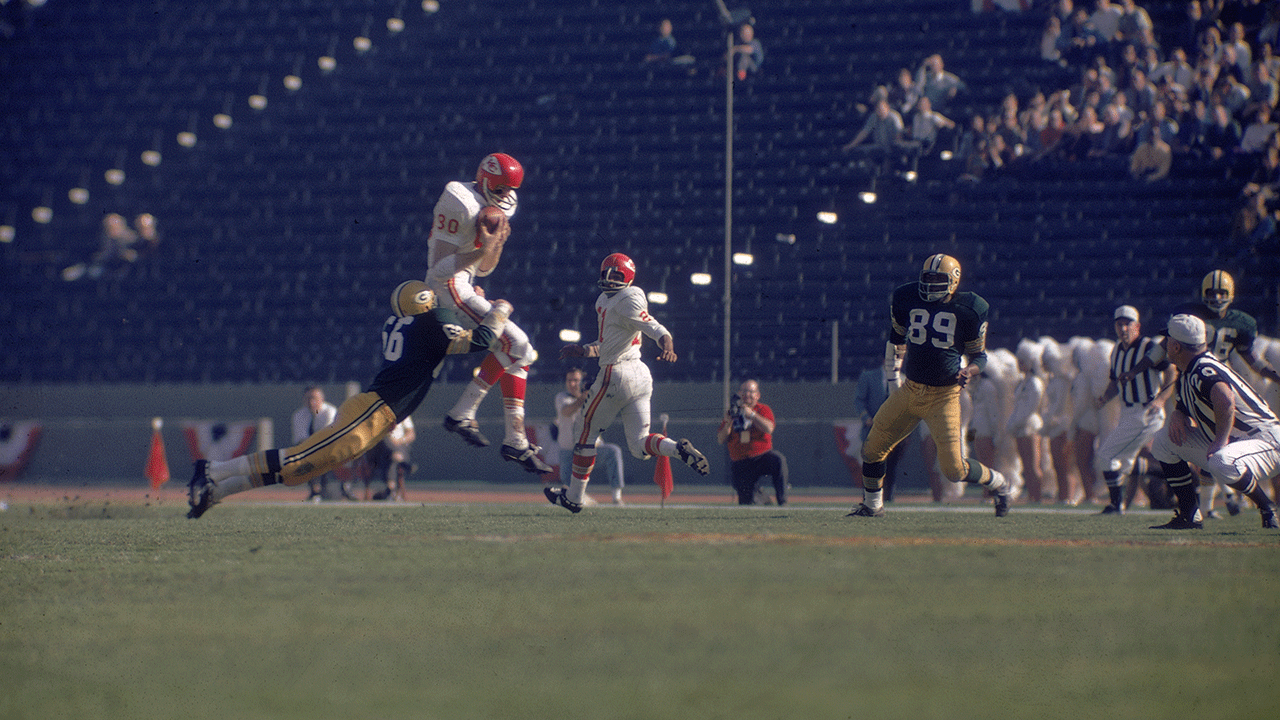The Super Bowl has become a cultural phenomenon, a must-watch event for millions worldwide. But its beginnings were far more humble. Let's journey back to 1967 and explore the origins of this iconic game with a look at Super Bowl I, then known as the AFL-NFL World Championship Game.
Held on January 15, 1967, at the Los Angeles Memorial Coliseum, Super Bowl I wasn't the sold-out spectacle we know today. In fact, over 32,000 seats remained empty in the 94,000-capacity stadium. Tickets were priced at a modest $12, a stark contrast to the exorbitant prices fans pay today. The initial excitement surrounding the game was also significantly less than the current frenzy.

The coveted Vince Lombardi Trophy. (Mickey Pfleger/Sports Illustrated via Getty Images)
The Matchup and the Outcome
Super Bowl I pitted the NFL champion Green Bay Packers against the AFL champion Kansas City Chiefs. The Packers, coached by the legendary Vince Lombardi, dominated the game, securing a 35-10 victory. This win marked the beginning of the Packers' dynasty and cemented Lombardi's legacy, ultimately leading to the Super Bowl trophy being named in his honor.
Interestingly, the term "Super Bowl" wasn't used until later, coined by Chiefs owner Lamar Hunt. The Packers' success continued into Super Bowl II, where they defeated the Oakland Raiders 33-14.

The Los Angeles Memorial Coliseum hosted the inaugural Super Bowl. (CBS via Getty Images)
A Unique Broadcast and a Close Halftime
Super Bowl I holds the distinction of being the only Super Bowl broadcast by two networks: NBC, which covered AFL games, and CBS, which covered NFL games. The halftime score was a close 14-10 in favor of the Packers, with the Chiefs scoring a touchdown in the second quarter.

A tight contest at halftime. (Vic Stein/Getty Images)
The Chiefs' Quarterback and the Halftime Show
Len Dawson led the Chiefs as their quarterback in Super Bowl I. A famous photo captures Dawson enjoying a cigarette during halftime in the locker room. Though defeated in Super Bowl I, Dawson would lead the Chiefs to victory in Super Bowl IV against the Minnesota Vikings. He later received numerous accolades, including the Walter Payton NFL Man of the Year Award, and was inducted into the Pro Football Hall of Fame.

The sparsely populated stands of Super Bowl I. (Robert Riger/Getty Images)
The halftime show, a far cry from today's elaborate productions, featured the University of Arizona Marching Band, the Grambling State University Marching Band, the Anaheim High School Ana-Hi-Steppers Drill Team, and flag girls. The Super Bowl halftime show has since evolved into a platform for global superstars, with past performers including Madonna, Beyoncé, and many others.
Comments(0)
Top Comments